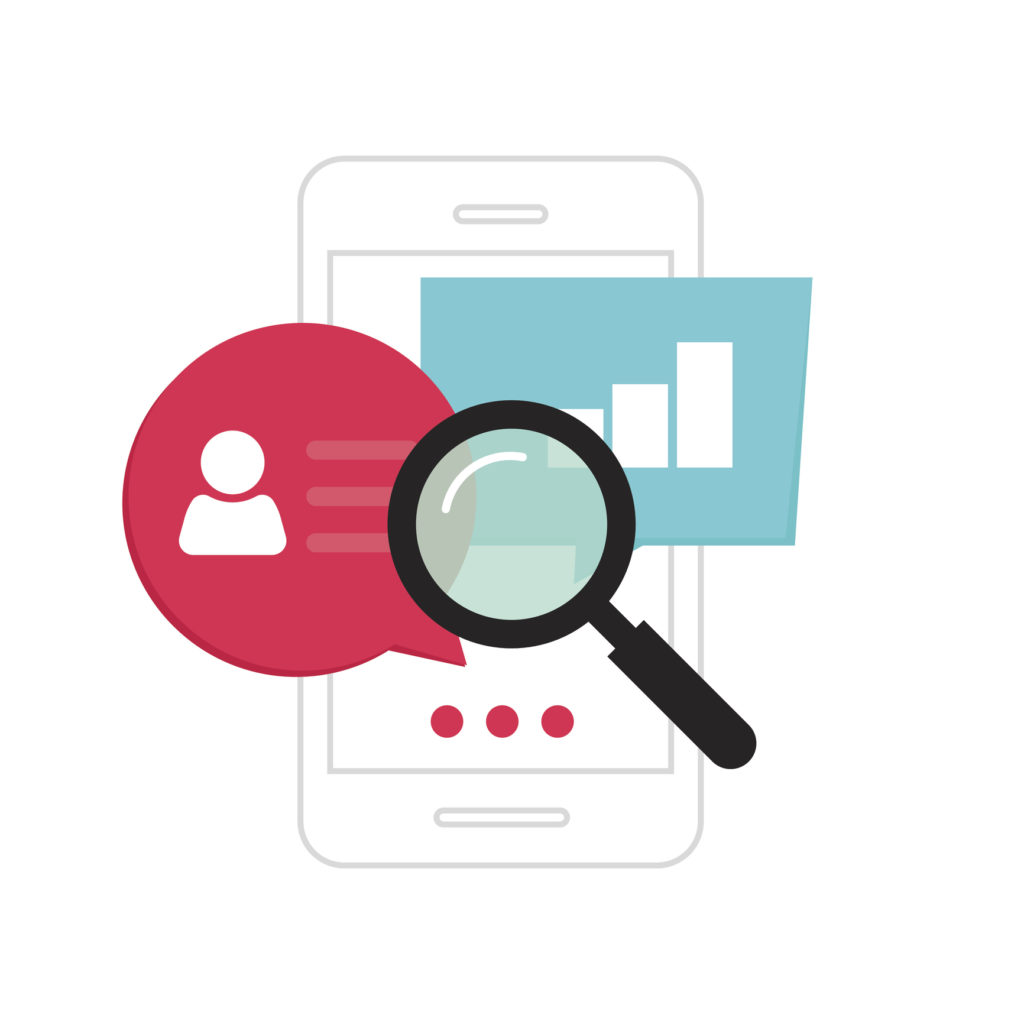Mining Social Media Data
 Don’t be limited by the data that your institution is actively maintaining on constituents. These days you need to think outside of your donor database.
Don’t be limited by the data that your institution is actively maintaining on constituents. These days you need to think outside of your donor database.
Social media is full of information and clues about your alumni and donors—and chances are, it’s more accurate and current than what is in your own database. Take LinkedIn, for example, where an individual’s public profile can provide three data points that can help you determine their potential capacity to make a gift: geographic location, employer and job title. Your alumni are far more likely to update their LinkedIn profile when they change jobs than they are to reach out to your alumni relations department with the news.
Engagement is no longer limited to physical presence, and watching how your alumni behave on social media can also tell you a lot about them. The posts they like and share can point to their interests and affinities. The people they’re connected to can tell you who influences them. Their comments can reveal opinions and tell you how they might feel about the things going on around your campus.
Hamline University asked alumni on its Facebook page to comment with the name of a faculty member who made a difference in their lives. Alumni responded in droves. It not only turned out to be one of their most engaging posts ever, but it also revealed which professors were most popular with alumni—data that they could use later to determine future news stories in the alumni magazine or newsletters, or even to determine which influential faculty should be asked to sign annual fund appeals.
Online engagement can also help to identify new donors. For example, if you’re able to identify a group of alumni who like or share a particular post about the school’s pep band, then it stands to reason that those individuals would have a higher likelihood of responding to an appeal to support the pep band than would a randomly selected group of non-donors. And while mining social media data can require manual effort, there are tools on the market to make it easier and scalable.
Data has long empowered annual giving professionals to monitor, understand, and influence the outcomes of their programs. But now, by looking to social media to gather information about and engage your alumni, donors, and prospects, you can get outside the traditional data “box,” expand the depth and precision of your efforts, and increase your overall likelihood of success.
______________
This article has been adapted from the book Ideas for Annual Giving by Dan Allenby. Copyright (c) 2016 Council for Advancement and Support of Education. All rights reserved. Used by permission.
AGN Members receive unlimited access to our resources, discounts, and other benefits. Click here to learn more.
Want to stay up-to-date on best practices in annual giving? Click here to follow AGN's Page on Linkedin!
